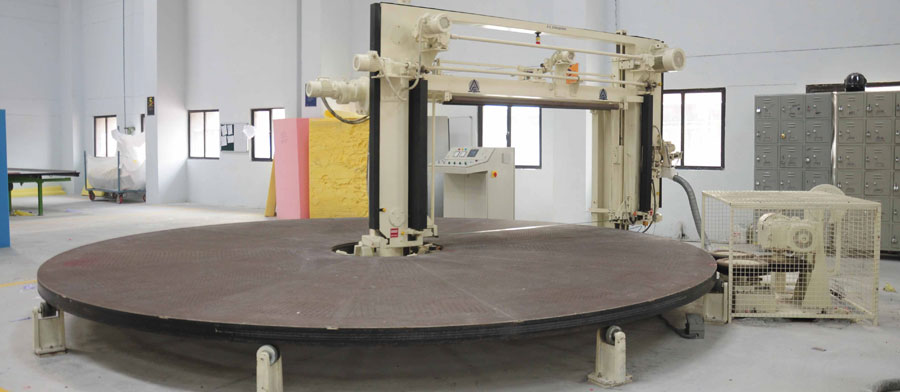The concept of the mattresses appears to have arisen during prehistoric times, based on the data available. The evolution of the mattress is inextricably related to the evolution of the bed. The bed was considered the most essential piece of furniture in many ancient communities. It often served as a primary gathering spot for feasting, lounging, and resting. Bed frames became more ornate throughout time for those who could afford grandeur, but mattresses themselves remained basic. Even when tiny local manufacturers commenced to create mattresses professionally at the end of the nineteenth century, the goods stayed inexpensive due to cheap stuffing.
The way mattresses are manufactured has greatly evolved, mainly due to technological advancements. Technology firms’ research and development teams have been working nonstop. They not just adjust old models but also develop new elevated, problem-solving machines that make creating today’s more complex mattresses a breeze. A hybrid mattress with pocket supports and sheets of foam padding, liquid foam, or latex wrapped in a cut-and-sewn zippered shell is today’s typical higher-priced composite mattress. The production constraints posed by such intricate beds have been easily met by mattress machinery producers.
Mattresses now come in a variety of natural and synthetic materials. A wire is used to construct the innerspring, helical, and boxspring elements. The box spring wire is often thicker than the innerspring wire. The cushioning layers can be made of natural fibre, polyurethane foam, or polyester, while the insulator is made of semi-rigid netting or wire mesh. Fabric is used for the flanges, while metal is used for the hogs-rings.
Many vendors unveiled new items and improvements to assist mattress producers stay up with the changing industry. Stretch knits, memory foam, and gel foam are all elements that originated in niche sleep but are now found in most basic mattresses as well. Manufacturers face unique obstacles in each of these areas, and mattress making machine makers have pushed diligently to develop answers.
Mattress manufacturing processes have grown in size as a result of widespread industry mergers, and major manufacturers now place a greater emphasis on speed and efficiency than ever before. Mattress equipment is being automated and speeded up, and plant management is becoming more efficient as a result of technology transformation. Mattress producers may link a node to any number of machines with the wireless system, and the application enables them to oversee the machinery’s real operations from any computer or mobile phone with internet access. It’s ideal for owner-operators who travel now and then, or multinational organizations with several sites to monitor. You can also keep tabs on trainees to check how they’re progressing or keep an eye out for blockages in the production process.
The more you touch your hands on a mattress, the more it costs to manufacture. People are seeking ways to cut the cost of mattress production, and mattress machines specialize in taking foam and turning it into a mattress with minimal human involvement.
The connection between healthy sleep and the bedroom set has gotten a lot of attention in recent years. Because sleep and comfort are very subjective, it can be difficult to quantify the results of such investigations. Many of the major businesses, on the other hand, continue to invest heavily in mattress machines to make the process as well as the outcome worth their effort, money, and time. Quality and comfort are important aspects to make it all worth it.
Check out AS Enterprises to find the foam machinery and more.

